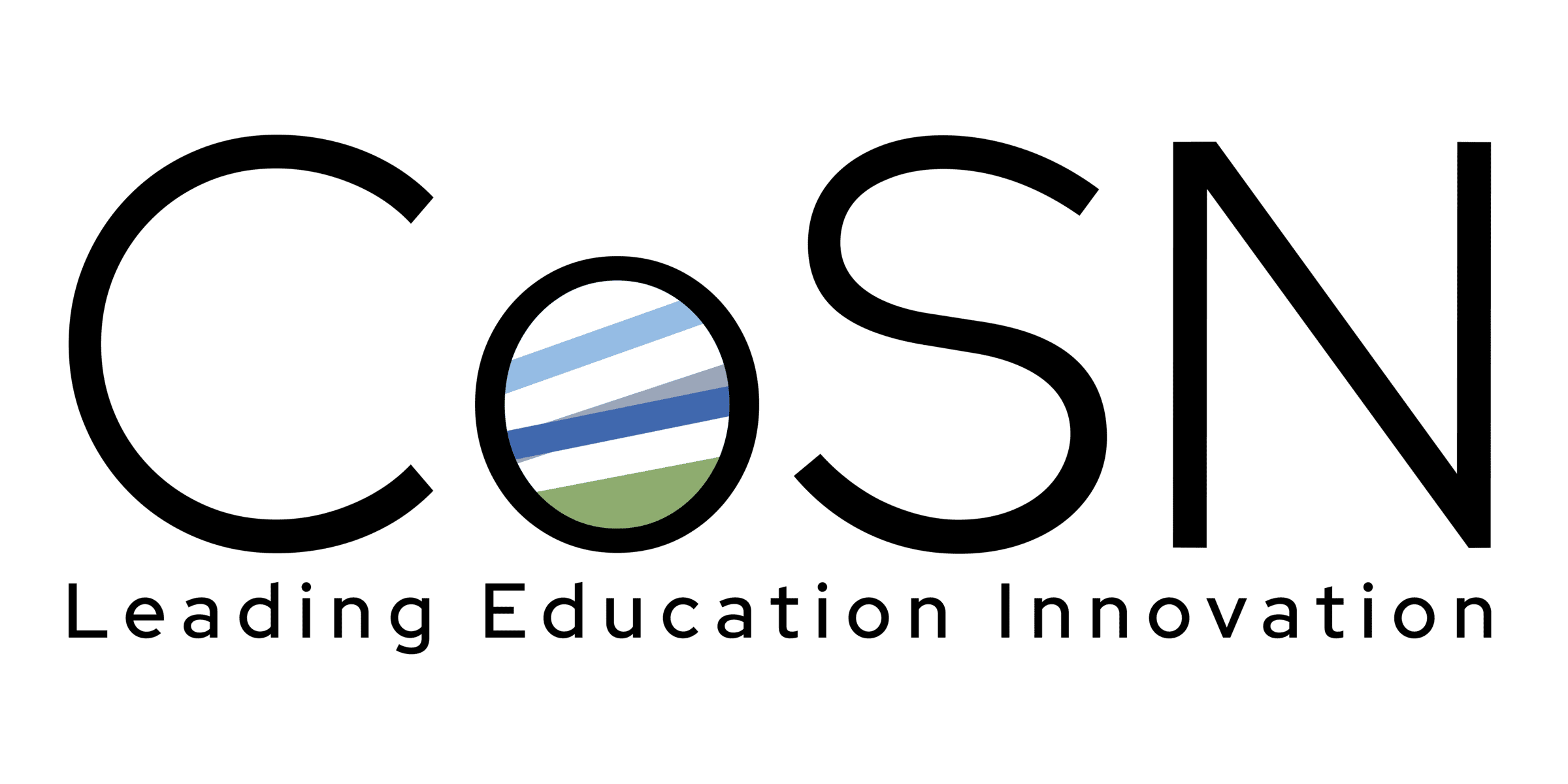The average teacher will impact 3,000 students throughout the course of their career. As the 2023-24 school year begins, it’s natural—and important—to think big and explore new ways to create impact and help you and your students thrive in the new academic year.
To do so, consider reflecting on the past to influence the future. At Driving K-12 Innovation, we dove deep into conversations about this year’s greatest challenges or Hurdles, like Attracting & Retaining Educators and IT Professionals, Designing Effective Digital Ecosystems, and Digital Equity. We also explored the mega-trends that educators and IT professionals are leveraging today, like Learner Agency, Social & Emotional Learning, and Building the Human Capacity of Leaders. What tools will we use? This year, our global Advisory Board selected Untethered Broadband & Connectivity, Rich Digital Ecosystems, and undoubtedly the most talked about technology—Artificial Intelligence (AI)—as our top Tech Enablers.
But it’s one thing to talk about driving innovation in K-12 schools…and it’s another thing to actually make a difference in your school district. Not sure where to start? Read the free 2023 Hurdles + Accelerator and Tech Enablers reports for ways to turn ideas into action.
And before the halls and classrooms fill up, we want to share some advice from members of this year’s Driving K-12 Innovation Advisory Board, who are currently influencing change in their communities and across the globe.
Here are 10 pieces of advice to help you innovate in the coming school year:
- “For an innovation to be impactful, it does not have to be transformational. It can be subtle and inconspicuous and still provide positive change in learning.” (Vince Humes, Director Innovative Technology Solutions, Northwest Tri-County Intermediate Unit, Pennsylvania, United States)
- “It is vital for educators to consider the systems they work within and not just technology as a stand alone. Each decision we make has the potential to impact several other areas of our work. The entire system has to be taken into consideration when driving innovation.” (Kelly May-Vollmar, Ed.D., Superintendent, Desert Sands Unified School District, California, United States)
- “Innovation is a risk that has to be taken. It’s a responsibility that we all have as school leaders, innovators, teachers,… We must consider our role in this challenge, directly implementing innovative solutions, or providing the environment so others can do it.” (David Vidal, EIM Consultores, Andalucía, Spain)
- “Ensuring all students and staff have access to and confidence in the underlying technology requirements (devices and access) to enable any new innovation initiative to be universally adopted.” (Michael Flood, SVP & GM, Public Sector, Kajeet, North Carolina, United States)
- “The most important thing to keep in mind is to ask questions about the short-, mid- and long-term consequences of these innovations and how they could particularly impact historically minoritized populations to hopefully be able to anticipate and fix them by design instead of in a reactionary way. Ideally this inquiry would be done in collaboration with these populations and not to them.” (Maria Crabtree, KnowledgeWorks, Texas, United States)
- “The world is changing so quickly, and the pace of change is only going to accelerate in the coming years. Keep heading toward your goals, but also realize that plans may have to change on a dime with new and faster developing technologies coming available.” (Kris Hagel, Executive Director of Digital Learning, Peninsula School District, Washington, United States)
- “Remember how important education is to solve the big challenges we face.” (Claus Gregersen, Head of studies, Herning Gymnasium, Denmark)
- “Always focus on the educational purpose, not on the technology—and ensure it is deployed in an equitable way for all learners.” (Keith Krueger, CEO, CoSN – Consortium For School Networking, DC, United States)
- “Educators and school systems leaders wanting to drive impactful K-12 innovation in 2023 need to continue to be adaptable, continue developing the skills needed to respond to the unexpected (e.g., the COVID-19 pandemic and how it changes our learning landscape), and literally step out of their offices and formal workspaces as often as possible to see and listen to what our colleagues in learning (teachers as well as students) are saying, experiencing, struggling with, and celebrating.” (Paul Signorelli, Writer-Trainer-Presenter-Consultant, Paul Signorelli & Associates, California, United States)
- Students first, always. (Sarah Margeson, Coordinator of Connected Learning, Tippecanoe School Corporation, Indiana, United States)

Visit the Driving K-12 Innovation project webpage for more resources to help you drive innovation throughout the year.
AUTHOR: Stephanie King, Writer and Communications Manager, CoSN’s Driving K-12 Innovation Initiative
Published on: August 8th, 2023
CoSN is vendor neutral and does not endorse products or services. Any mention of a specific solution is for contextual purposes.



